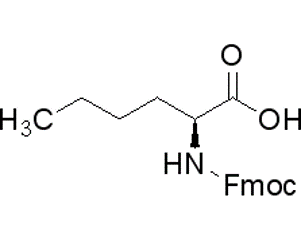2,3-HEPTANEDIONE(CAS#96-04-8)
| Risk Codes | 10 – Flammable |
| Safety Description | S23 – Do not breathe vapour. S24/25 – Avoid contact with skin and eyes. |
| UN IDs | UN 1224 3/PG 3 |
| WGK Germany | 3 |
| TSCA | Yes |
| HS Code | 38220090 |
| Hazard Class | 3 |
| Packing Group | III |
Introduction
2,3-Heptanedione, also known as methylethyl ketone or methylene butanedione. Solubility: Soluble in most organic solvents, such as ethanol, ether, and chloroform.Density: 1.08 g/cm³.The main uses of 2,3-heptanedione include:Polymer Industry: Can be used as a polymer additive to provide special properties to polymers, such as increased hardness, heat resistance, and chemical resistance.Catalyst: As a coordination ligand for iron, cobalt, and manganese complexes, it can be used in catalytic oxidation reactions.Solvent: Due to its good solubility, it can be used as a solvent in coatings, inks, and adhesives.There are several methods for preparing 2,3-heptanedione. Common methods include the rearrangement of acetoacetate esters, partial hydrolysis of diketones, and acidification of diketene.Safety Information: 2,3-Heptanedione is an organic compound, and the following safety precautions should be noted:Wear appropriate protective equipment, such as gloves, goggles, and protective clothing.Avoid contact with skin and eyes; if contact occurs, rinse immediately with plenty of water.Avoid inhalation of gases or vapors and ensure good ventilation.Store away from fire sources and oxidizers, and avoid contact with flammable substances.Follow laboratory operational guidelines during use and ensure a safe working environment.








